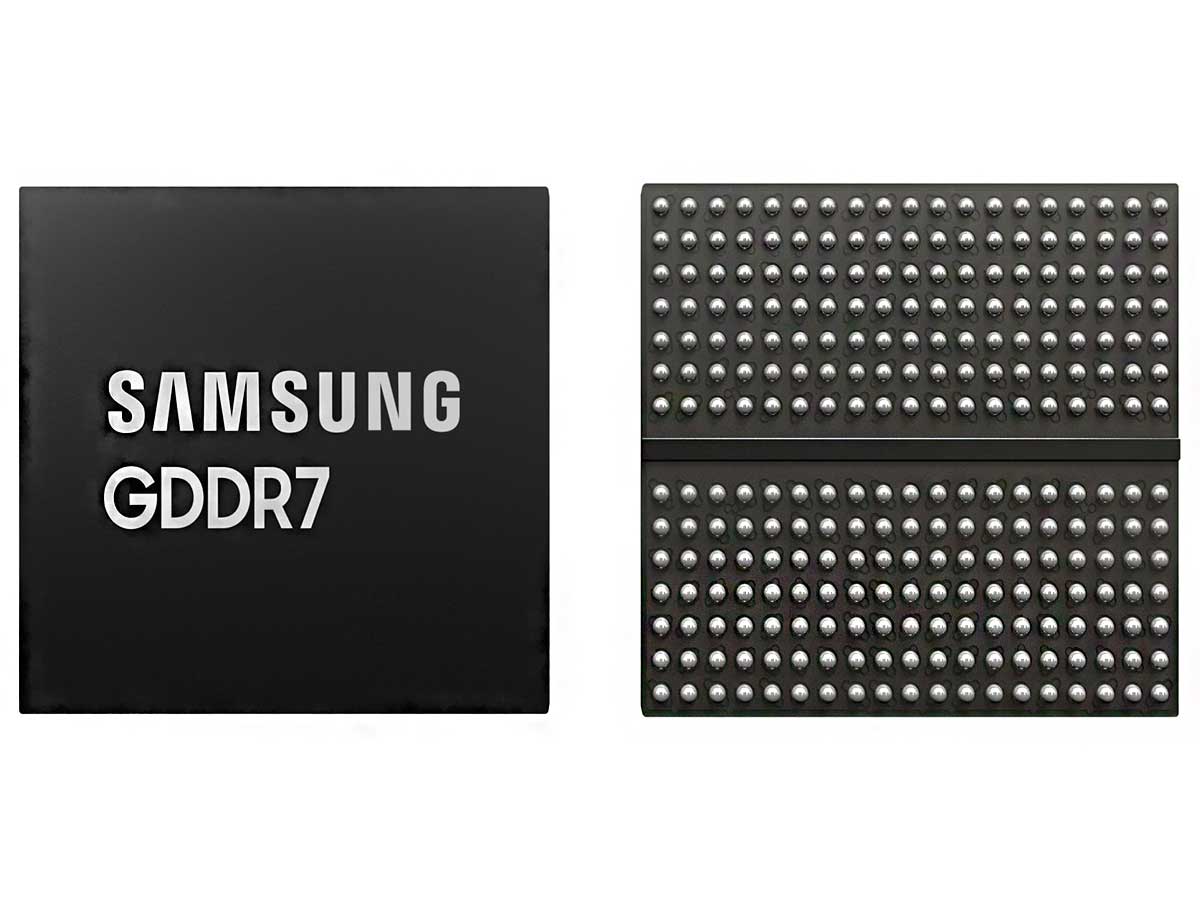Samsung, one of the leading memory vendors, has achieved a significant milestone by completing the development of its first generation of GDDR7 memory.
This cutting-edge high-bandwidth memory technology is poised to revolutionize the market when it becomes available in 2024. With a promising increase in data rates and improved power efficiency, GDDR7 holds the potential to transform memory and device manufacturing.
The Advancements of GDDR7
Samsung's first generation of GDDR7 is set to offer an astounding 32Gbps/pin of bandwidth, which is a remarkable 33% higher than their current best GDDR6 parts.
This impressive boost in data rates is made possible through the innovative implementation of PAM-3 signalings, a significant breakthrough in-memory technology.
The development of GDDR7 comes at an exciting time as the memory industry is abuzz with disclosures and announcements surrounding the next generation of memory technology.

While the full specification for GDDR7 is yet to be released by JEDEC, Samsung's rival Micron has already indicated its plans to introduce its own GDDR7 memory in 2024, following a similar timeline to Samsung's.
Additionally, EDA tool firm Cadence has shared technical details about GDDR7, revealing its use of PAM-3 signaling and potential data rates of up to 36Gbps/pin.
Samsung takes the lead in the memory market by being the first major memory manufacturer to publicly announce the completion of GDDR7's development. This accomplishment signals the start of validation work for memory and device manufacturers using functional hardware.
The Promise of GDDR7
Samsung's GDDR7 memory is projected to achieve data rates as high as 32Gbps/pin, surpassing the fastest GDDR6 memory used in video cards, which currently runs at 20Gbps. This remarkable 33% increase in data rates opens up new possibilities for high-performance applications and accelerators.
Compared to previous generations, GDDR7 represents a smaller leap, with a 50% increase in signaling bandwidth due to the shift from NRZ signaling to PAM-3 signaling. This strategic approach allows for efficient data transmission while delivering significant performance gains.

Samsung's first GDDR7 chips boast a capacity of 16Gb, matching the density of today's top GDDR6(X) chips. The company also claims a 20% improvement in power efficiency compared to the existing 24Gbps GDDR6 DRAM, offering energy savings.
For clients with strict power and cooling requirements, Samsung plans to provide a low-voltage version of its GDDR7 memory. Moreover, the company employs "IC architecture optimization" to manage power and heat generation, ensuring reliability and efficient performance.
Samsung employs a new epoxy molding compound (EMC) for GDDR7, resulting in a remarkable 70% reduction in thermal resistance compared to GDDR6. This enhancement ensures that cooling solutions can effectively handle the increased heat generation.
Sources: news.samsung.com












